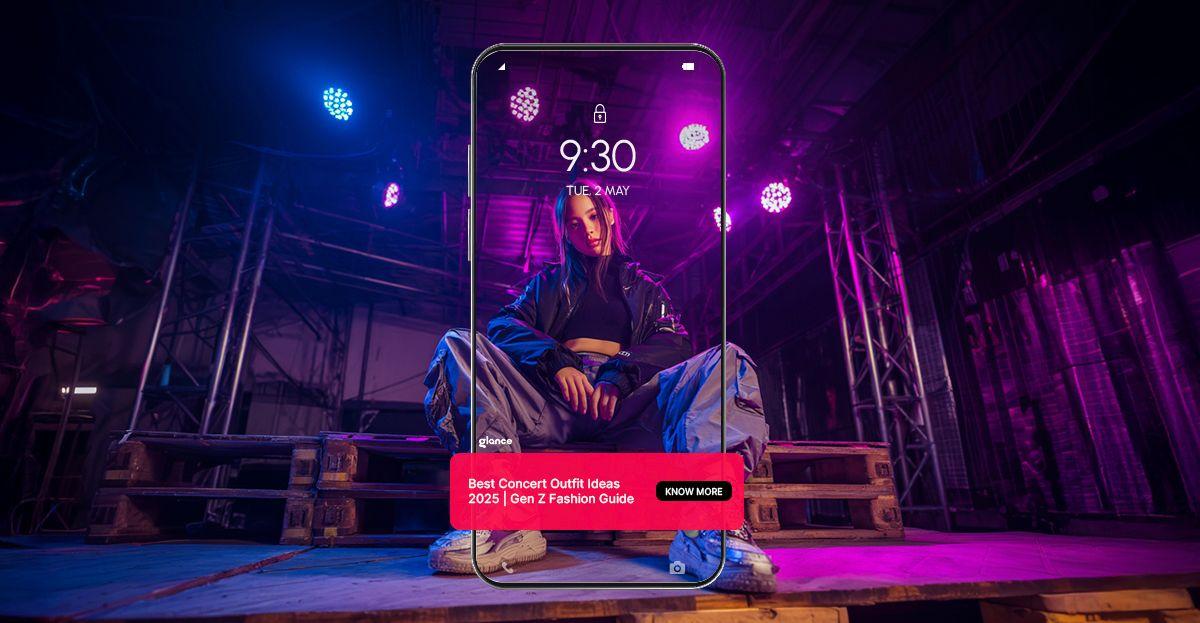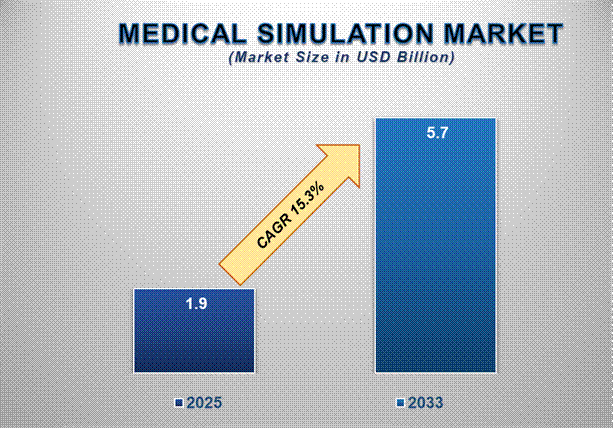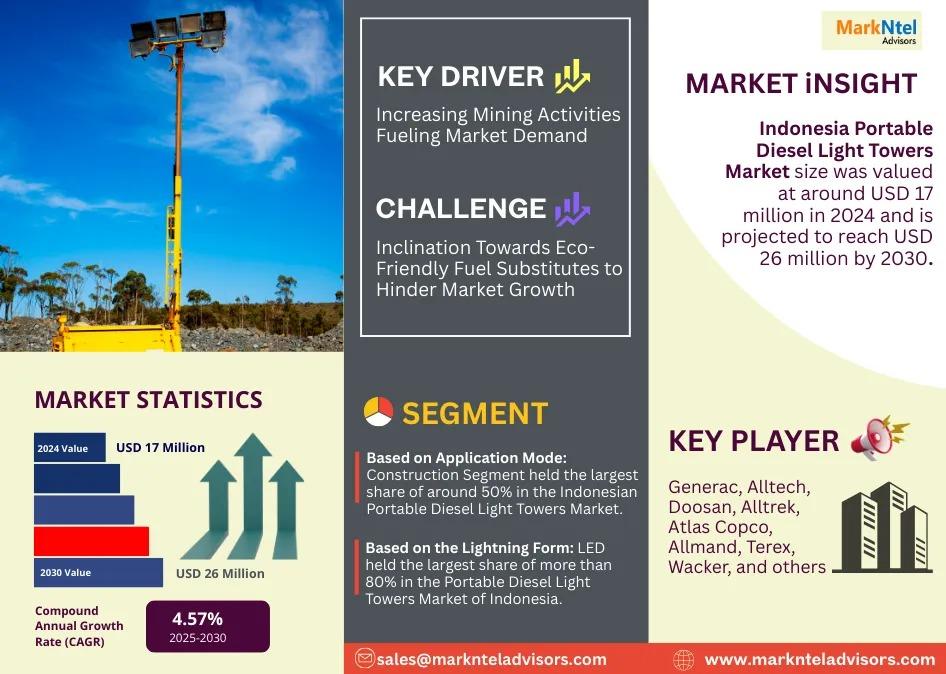The Global Big Size Clothing Market is Set to Reach USD 583 Billion by 2035 – What Does This Mean?

Fashion is more than just fabric and stitches—it’s identity, confidence, and culture. Yet for far too long, a significant part of the population was sidelined by the industry simply because they didn’t fit into “standard” sizes. That’s now changing, and the numbers prove it.
By 2035, the global big size clothing market is expected to touch an incredible USD 583 billion, with a compound annual growth rate (CAGR) of 6.2%. This isn’t just a line in a financial report; it’s a signal that the future of fashion is becoming more inclusive, more consumer-driven, and more innovative than ever before.
So what does this figure really mean? Let’s dive deeper.
Understanding the Growth Numbers
When analysts talk about a CAGR of 6.2%, they’re describing a steady upward curve—not a one-time spike. The big size clothing market is consistently growing year after year. This suggests that:
-
Demand is sustainable, not seasonal.
-
Consumer behavior is shifting, with more buyers actively searching for big size options.
-
Brands see long-term profitability in expanding their size ranges.
To put this in perspective, industries growing at 5–6% CAGR are often considered high-potential sectors. For big size clothing, this means the industry is set to outpace several other traditional fashion categories in terms of growth rate.
Why Big Size Clothing is Becoming a Powerhouse
Several forces are shaping this expansion. Let’s break them down:
1. The Body Positivity and Inclusivity Movement
The last decade has been transformative in how society views body image. Campaigns and influencers advocating for body positivity have challenged old beauty norms. Fashion icons, plus-size models, and even mainstream celebrities are reshaping what it means to be stylish.
This shift is not just cultural—it’s commercial. When people feel represented, they shop more confidently. And when fashion celebrates everybody, the market grows.
2. Lifestyle and Health Patterns
Modern lifestyles—urban work cultures, digital reliance, and dietary changes—have diversified body shapes globally. The industry can no longer cater only to a narrow size range because reality looks very different. The demand for big size clothing reflects this real-world demographic.
3. The Rise of E-Commerce
Before online shopping became mainstream, many customers struggled to find big size clothing in physical stores. Today, e-commerce platforms offer access to global collections, size charts, and user reviews. Algorithms even recommend better fits. This digital accessibility has been a game changer.
4. Smart Brands, Smarter Strategy
Retailers have realized that inclusivity isn’t just “nice to have”—it’s profitable. Expanding size ranges means expanding customer bases. That’s why both fast-fashion giants and luxury houses are investing in big size lines. For them, it’s not charity—it’s smart business.
The Consumer Impact: Style Without Compromise
Imagine walking into a store—or scrolling online—and not having to wonder, “Will this be available in my size?” That’s the promise of the booming big size clothing industry.
As the market grows, consumers can expect:
-
Trend-driven designs that go beyond basics. No more settling for loose, shapeless outfits.
-
Premium fabrics and tailoring, ensuring comfort and sophistication.
-
Luxury brands opening their doors—design houses that once ignored big sizes are now launching dedicated plus-size collections.
-
Technology-powered personalization, with virtual try-ons and AI suggesting outfits based on body shape and occasion.
This is more than a shopping convenience. It’s dignity. It’s confidence. It’s fashion becoming what it should always have been: for everyone.
The Fashion Industry: A Wake-Up Call
From an industry perspective, the numbers carry weight. A market worth USD 583 billion is impossible to ignore. The growth of big size clothing tells brands three key things:
-
Exclusivity is outdated. Consumers want brands that reflect reality.
-
Innovation is essential. From adaptive sizing technologies to advanced fabrics, the industry must keep evolving.
-
Loyalty is on the line. Brands that embrace inclusivity win lifelong customers, while those that lag risk irrelevance.
This expansion also creates room for new entrants—startups dedicated solely to big size fashion are thriving because they’re designing with inclusivity at the core, not as an afterthought.
What’s Next for Big Size Clothing?
The road ahead looks promising, and here’s why:
-
Sustainability Meets Inclusivity: Eco-conscious fashion lines will merge with size-inclusive strategies, giving consumers stylish and responsible options.
-
Global Influence: Countries in Asia, the Middle East, and Latin America—where demand is rapidly rising—will become major markets.
-
Tech Revolution: With AI tools, shoppers can expect personalized style curation, predictive size guidance, and even virtual wardrobes.
By 2035, big size clothing won’t just be a growing category—it will be a pillar of mainstream fashion.
The Role of Fashion-Tech in This Shift
Technology is shaping this movement in exciting ways. Virtual fitting rooms, AI-powered size recommendations, and even outfit creation apps are redefining the shopping experience. Consumers no longer want to scroll endlessly—they want smart, personalized, and engaging experiences.
This is where platforms like Glance come into play. Glance blends technology with fashion, helping users discover trends, style outfits, and embrace inclusivity seamlessly. As the big size clothing market grows, Glance stands as a partner in making fashion more accessible, engaging, and personal for everyone.
Final Thought
The projection of USD 583 billion by 2035 isn’t just a statistic—it’s a reflection of how society and fashion are evolving together. The growth of big size clothing represents freedom, representation, and opportunity. It’s a cultural and commercial shift rolled into one.
The future of fashion is not about fitting in—it’s about clothes that fit you. And that’s a future worth celebrating.







